Different Types of Fire Extinguishers Used on Ships
The types of fire extinguishers used on board ships depend on the types of fire on a ship and the material which is acting as fuel. As fires are classified on the basis of the kind of fuel which sources them, fire extinguishers are also classified on the same grounds.
The firefighting system and fire extinguisher types on board ships can be classified into three category –
- Portable fire extinguisher
- Semi-portable fire extinguisher
- Fixed type fire fighting equipment onboard ship
Related Read: 16 Fire Fighting Appliances and Preventive Measures Onboard Ships
In this article, we will list and discuss different types of SOLAS approved fire extinguishers on board ship (Portable and semi-portable fire extinguishers), which are installed at different parts of the vessel according to the type of fire sources present in that area, their use and also answering the most frequently asked question which – what’s in a fire extinguisher?
To make it easy for the user, 5 different classes of fire on board ship as per SOLAS. This makes it easy for the crew to act immediately by choosing the correct type of fire extinguisher on a particular class of fire on board ship.
A portable fire extinguisher is one of the most convenient and speedy ways to fight the fire on ships.
Related Read: Basics of Fire Prevention On board Ships
There are five main portable marine fire extinguisher classes:
Class A: These types of fire extinguishers are used in fires which are a result of the burning of wood, glass fibre, upholstery, and furnishing. Usually, Water, DCP and Foam fire extinguishers smother the Class A fire by removing the heating factor of the fire triangle. Foam agents also help in separating the oxygen part from the other aspects.
Class B: These fire extinguishers are used for fires which occur from fluids such as lubricating oils, fuels, paints, cooking oil etc. A portable co2 fire extinguisher or a portable dcp extinguisher can be used in this class.
Class C: Fires resulting from involvement of energized electrical equipment such as motors, switches, wiring etc are extinguished by Class C type of fire extinguishers. Usually, CO2 or DCP portable fire extinguisher is used in such fires.
Related Read: Hazards Related to Electric Cable Insulation in Case of Fire
Class D: Fires occurring as a result of combustible materials such as magnesium and aluminium are extinguished by this type of fire extinguishers. These elements burn at high temperatures and will react vigorously when coming in contact with water, air, carbon dioxide and/or other chemicals.
For extinguishing this class of fire, Dry Powder extinguishers are used which is similar to dry chemical besides they extinguish the fire by isolating the oxygen from the fuel or by eliminating the heat factor of the fire triangle.
The dry powder extinguishers are only used for class D fires and they cannot be used for other classification of fire on board ship.
Class E: This type of fire extinguisher on a ship is used for subsiding fire resulting from any of the above-mentioned materials along with high voltage electricity. Hence, if a portable extinguisher with a conductive agent is used for fighting the class E fire, it may lead to a risk of shock to the operator. CO2 or DCP portable fire extinguisher is used in such fires.
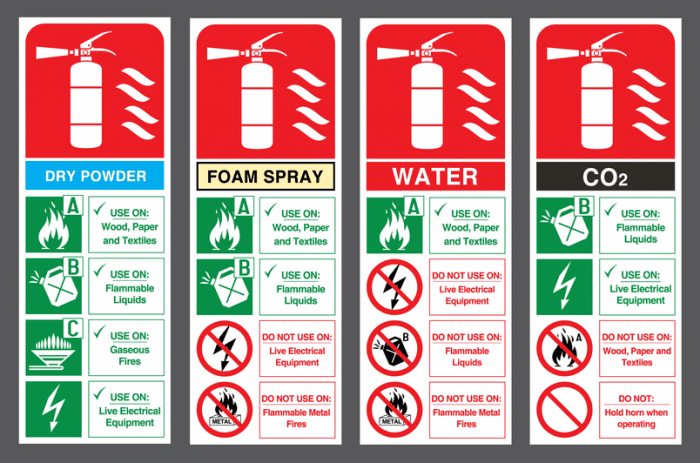
Type of Portable Fire Extinguisher used in a ship:
When it comes to choosing a ship fire extinguisher, we need to keep in mind different types of combustible material and fluids which are located in different parts of the ship along with the fire extinguisher reaction with the source of a fire. Based on the above-mentioned classification, portable fire extinguishers are classified and used according to the classes of fire as per IMO.
The portable type onboard fire extinguisher used in the marine or maritime setup is also known as plunger type fire extinguishers because of the plunger mechanism used to release the extinguishing agent. There are five main types of fire extinguishers used on ships:
- Soda Acid Fire Extinguisher
- Water Extinguisher
- Foam Extinguisher – Chemical and Mechanical
- Carbon Dioxide Extinguisher
- Dry Powder Extinguisher
1. Soda Acid Extinguisher
A soda acid type fire extinguisher is recommended for putting out fires which involve burning of class A fires. The soda acid extinguisher can be found in the accommodation area of the ship.
Sodium bicarbonate (soda) and sulphuric acid are the prime components of the extinguisher. They combine to form a chemical reaction to produce carbon dioxide gas, which is used to smother the fire.
Related Read: Dos and Don’ts to Avoid Fire in the Ship’s Accommodation Area
Soda acid fire extinguisher diagram:
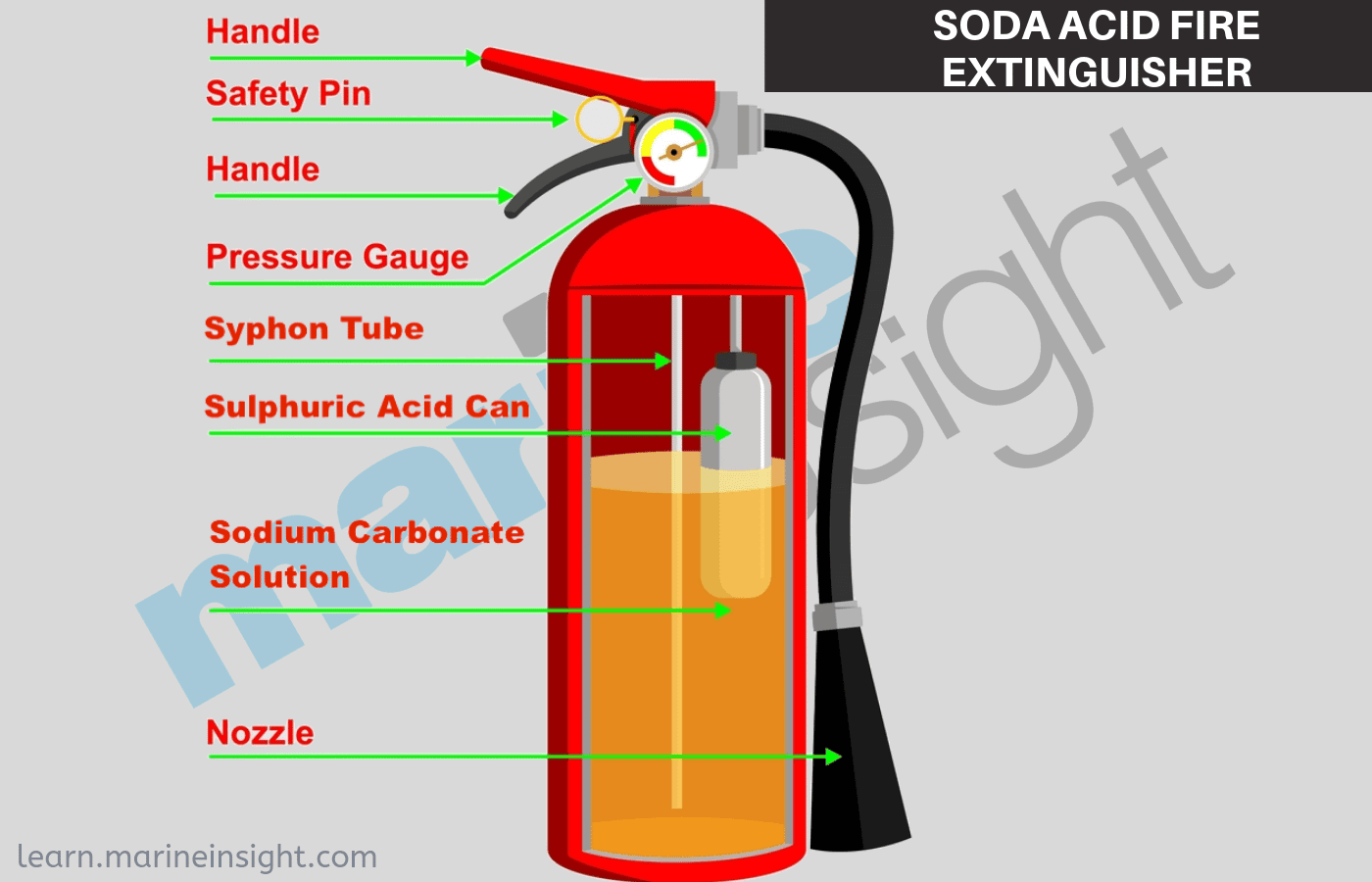
The arrangement of the extinguishers comprises of a container which holds the sodium bicarbonate solution. A small glass bottle (phial) containing sulphuric acid is placed below a plunger mechanism, which is covered by a safety glass along with a screw and cap at the top.
When the plunger is struck hard, the glass bottle breaks, resulting in mixing of acid and soda, a chemical reaction takes place which produces carbon dioxide gas.
The carbon dioxide gas pressurises the space above the liquid (used for extinguishing the fire) and forces it out through the internal pipe of the nozzle.
Note: As the CO2, which is used in soda acid fire extinguisher, may create a toxic effect in confined spaces, Soda Acid Extinguishers are now banned on ships.
2. Water Extinguisher
To counter the A-Class fire, portable water type fire extinguisher of 9Ltr are used. The outer container is filled with water and fitted with a CO2 Cartridge (inner container) which forces the water out of the container with pressure.
Water type fire extinguisher diagram:
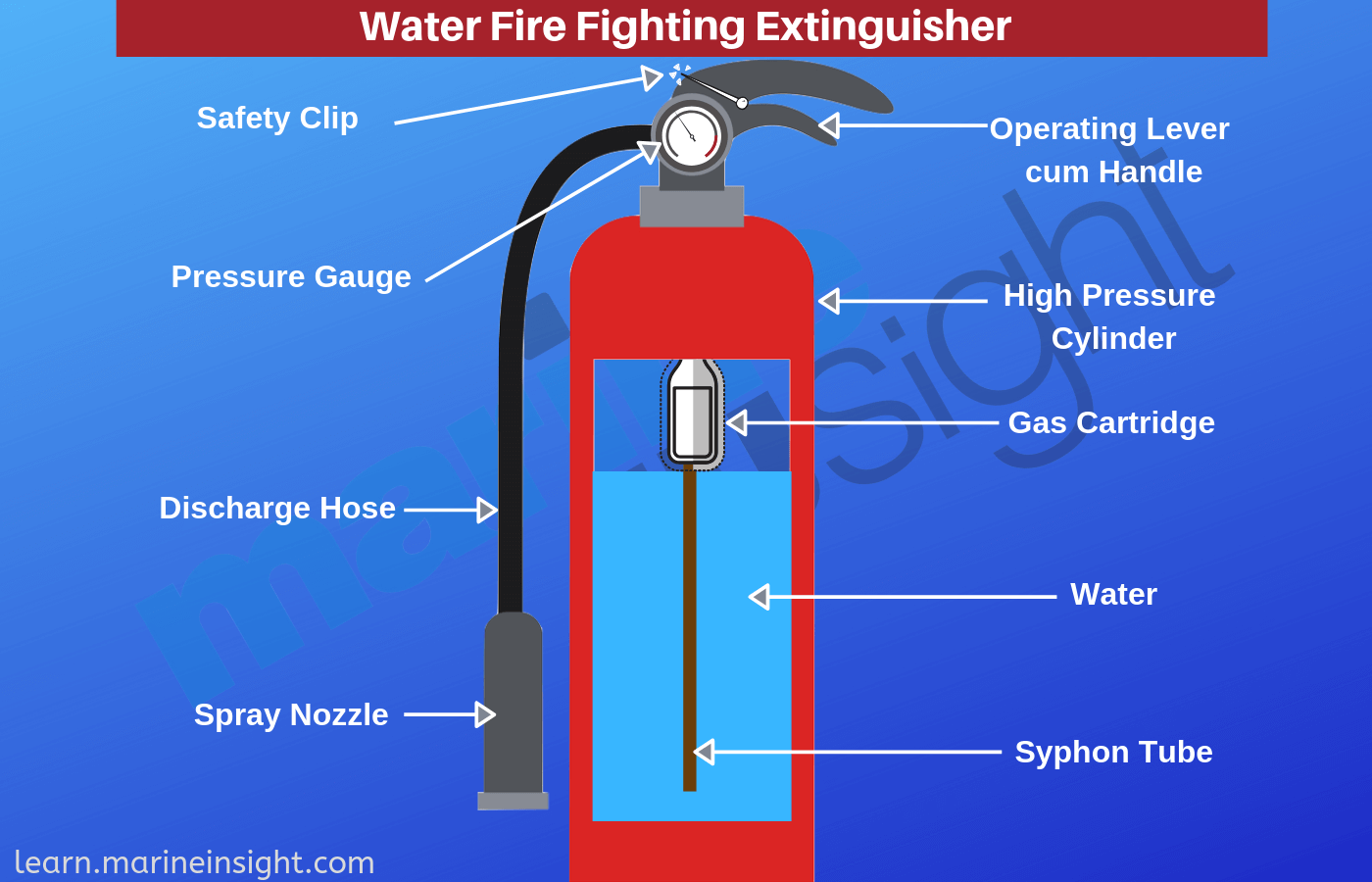
To operate the extinguisher, first, the safety pin/clip is released. When pressure is applied on the plunger, the CO2 cartridge ruptures and forces the water out of the extinguisher.
Related Read: How High-Pressure Water Mist Fire Fighting System For Ships Works?
3. Foam Extinguisher – Chemical and Mechanical
Foam extinguishers are used to extinguish Class B fires and are located near flammable liquids. There can be two types of foam fire extinguisher depending upon its contents-
- Chemical foam type fire extinguisher
- Mechanical foam type fire extinguisher
Chemical foam extinguisher – The chemicals used in this foam type fire extinguisher are sodium bicarbonate and aluminium sulphate. The main container is filled with sodium bicarbonate, whereas the inner container is filled with aluminium sulphate.
Chemical foam extinguisher diagram:
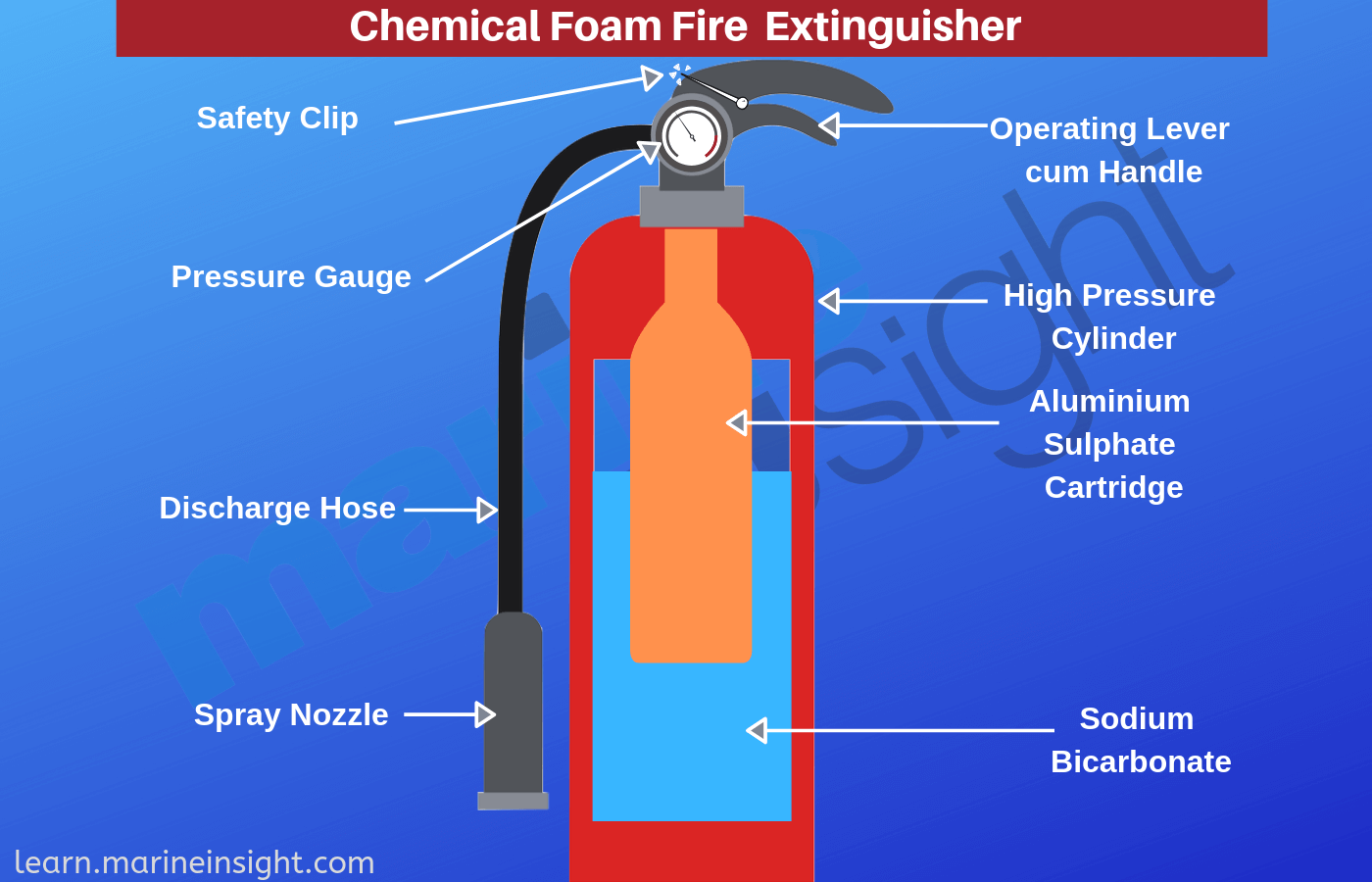
The inner container has a cap at the top which is kept in place by a plunger.
The plunger is turned to release the cap and the extinguisher is then inverted for both the chemicals to mix. Carbon dioxide is produced from the chemical reaction which pressurizes the container from inside and forces out the foam.
This type of portable foam fire extinguisher chemical equation is shown below:
Al2 (SO4)3 + 6 NaHCO3 -> 2Al (OH) 3 + 3Na2SO4 + 6 Co2
Note: Chemical Foam Extinguishers are now banned on ships because of the poisonous effect which the gas can create.
Mechanical foam – This extinguisher type also consists of two containers- the outer one is filled with water, whereas the central one has carbon dioxide charge and foam solution. The mechanical foam fire extinguisher uses a long hosepipe connected to the dip tube inside the internal structure of fire extinguisher which allows it to use the foam portable fire extinguisher upright.
mechanical foam type fire extinguisher diagram showing different foam extinguisher parts:

The central container has a plunger mechanism at the top which when depressed releases the carbon dioxide and allows foam and water to mix.
The foam and water come out of the nozzle, creating mechanical foam. This extinguisher is operated in an upright position.
Related Read: 10 Precautions To Take After Using Fixed Foam Fire Fighting System On Ships
4. Carbon Dioxide extinguisher
Carbon dioxide extinguishers are mainly used for class B or class C fires. They are not used for accommodation areas and confined spaces because of the gas used in lethal. These are widely used as engine room fire extinguisher.
CO2 type fire extinguisher diagram:

Carbon dioxide is stored in liquid form under pressure. A central tube acts as an outlet for carbon dioxide gas. A plunger attached to a bursting disc at one end and a trigger at the other is used to release the carbon dioxide gas. The liquid changes to gas as it comes out of the extinguisher through a hose.
Related Read: 12 Things You Must Do Before Operating Ship’s CO2 Fire Extinguishing System
5. Dry Powder Extinguisher
Sodium bicarbonate powder is used to extinguish almost all types of fires. It is mainly located in the engine room and near electrical equipment.
Dry powder extinguisher contains sodium bicarbonate powder in the outer container.
DCP extinguisher diagram:
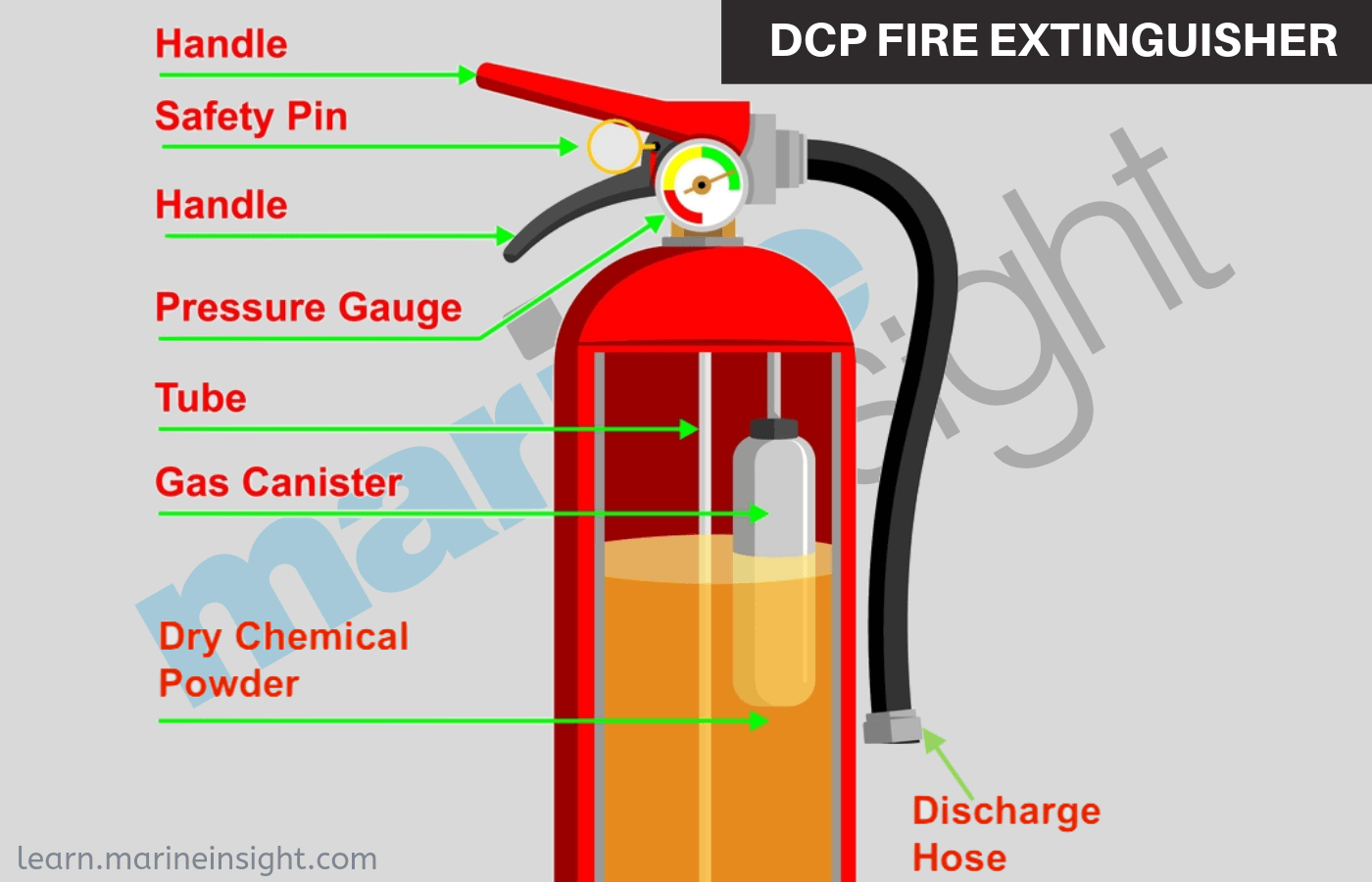
A small container with carbon dioxide is placed beneath the plunger mechanism.
When the plunger is pushed, it releases the carbon dioxide gas, which in turn forces the dry powder out of the discharge nozzle.
Semi-Portable Fire Extinguishers:
The semi-portable type of fire extinguisher is higher in capacity and weight than the portable ones. They are considered to be the second line of defense in case the portable fire extinguisher fails to stop the fire exposure.
As they are heavier to lift, it is provided with a wheel-trolley arrangement which can be dragged to a nearby fire location. These can be a semi-portable foam fire extinguisher or semi-portable DCP type fire extinguisher.
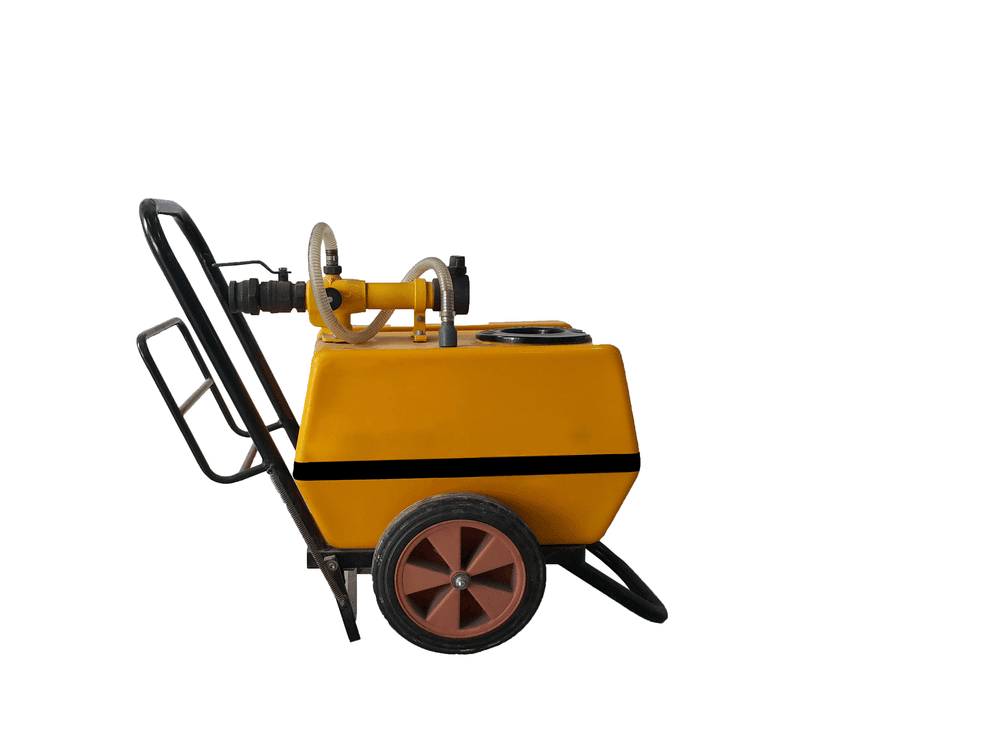
These extinguishers are kept onboard on that location which has a higher risk of fire. E.g. The semi-portable type fire extinguisher is located near the boiler and incinerator in the engine room and also in the galley. The galley fire fighting system in a ship may include a small CO2 fixed firefighting setup apart from the portable galley fire extinguisher.
Using a Portable Fire Extinguisher:
The below diagram shows the operating procedure for a portable fire extinguisher:
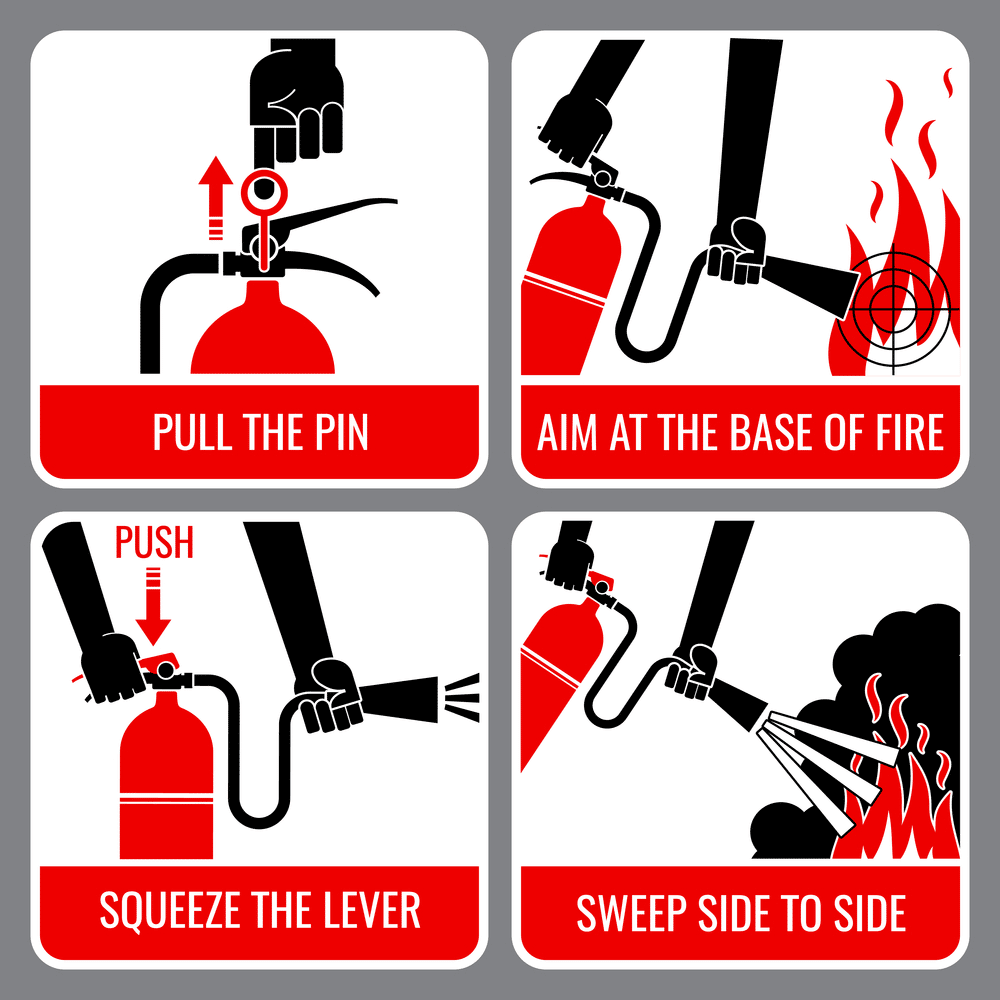
Maintenance of portable fire extinguishers on ships:
- The portable extinguishers are a type of pressure vessels and should be routinely checked for leakage etc.
- The operating mechanism of the portable fire extinguishers should be regularly checked (where possible) every 3 months.
- The vent holes to be checked for clearance.
- All the cap threads should be lightly greased. There are holes provided in the screw on caps to release any excess pressure. Ensure these holes are clear.
- The plunger should be checked for free movement, and any missing or damaged plunger should be replaced.
- Depending upon the types of fire on board ship, the flag state and class requirement accordingly determines the number, types, and locations of these portable fire fighting extinguishers as per SOLAS.
- The ship’s officer must ensure all the fire fighting equipment, including the fire extinguishers, are always in the state of readiness. Any problem or defect in the fire extinguisher to be reported immediately to the master.
Related Read: A Brief Overview of Fire Control Plan on Ship
- Check all the markings on portable fire extinguisher are visible including the inspection dates.
- The recharging of the extinguisher to be done as per the instruction supplied by the manufacturer only.
- For DCP, invert the extinguisher once in a while to ensure the powder inside it is agitated.
- Hydraulic tests of all the extinguishers with propellent cartridges to be performed at an interval, not more than 10 years.
Other Portable Fire fighting system:
Portable foam applicator on ships:
This type of portable fire fighting unit consist of a portable foam tank carrying foam-forming liquid of at least 20l capacity with foam applicator connected to an inductor type nozzle designed to be connected to the fire main by a hose. One spare tank of foam making liquid is also provided.
The nozzle shall be capable of producing the rate of at least 1.5 m3/m of foam for extinguishing an oil fire,
CTC fire extinguisher: The CTC extinguisher used to be very effective extinguisher for combating the small fire, However, due to its tendency to emit harmful toxic phosgene gas, it is no more used on ships. The CTC fire extinguisher full form is – Carbon Tetrachloride fire extinguisher.
Disclaimer :
The information contained in this website is for general information purposes only. While we endeavour to keep the information up to date and correct, we make no representations or warranties of any kind, express or implied, about the completeness, accuracy, reliability, suitability or availability with respect to the website or the information, products, services, or related graphics contained on the website for any purpose. Any reliance you place on such information is therefore strictly at your own risk.
In no event will we be liable for any loss or damage including without limitation, indirect or consequential loss or damage, or any loss or damage whatsoever arising from loss of data or profits arising out of, or in connection with, the use of this website.
Do you have info to share with us ? Suggest a correction
Latest Ship Safety Articles You Would Like:
Disclaimer :
The information contained in this website is for general information purposes only. While we endeavour to keep the information up to date and correct, we make no representations or warranties of any kind, express or implied, about the completeness, accuracy, reliability, suitability or availability with respect to the website or the information, products, services, or related graphics contained on the website for any purpose. Any reliance you place on such information is therefore strictly at your own risk.
In no event will we be liable for any loss or damage including without limitation, indirect or consequential loss or damage, or any loss or damage whatsoever arising from loss of data or profits arising out of, or in connection with, the use of this website.
Subscribe To Our Newsletters
By subscribing, you agree to our Privacy Policy and may receive occasional deal communications; you can unsubscribe anytime.



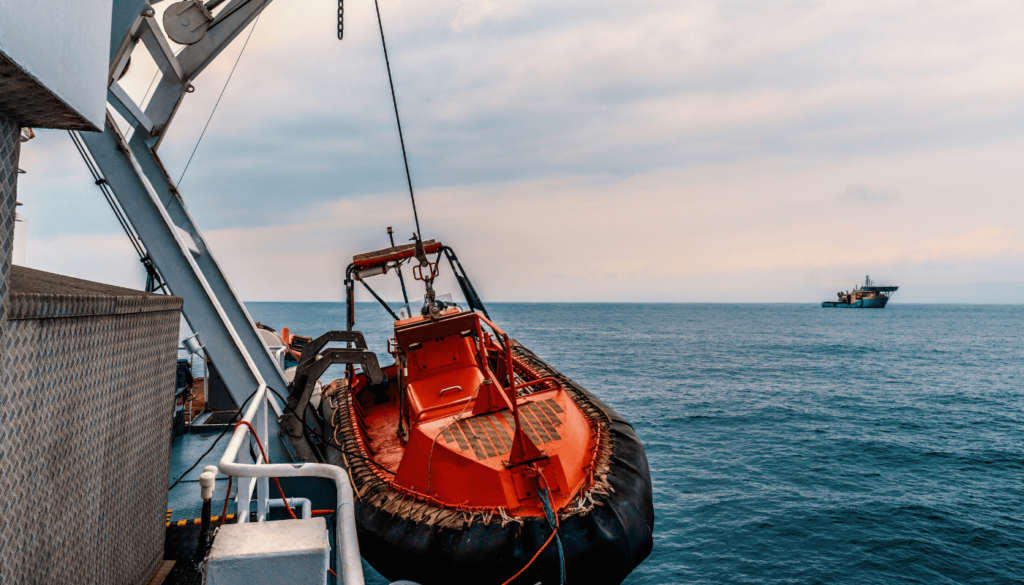
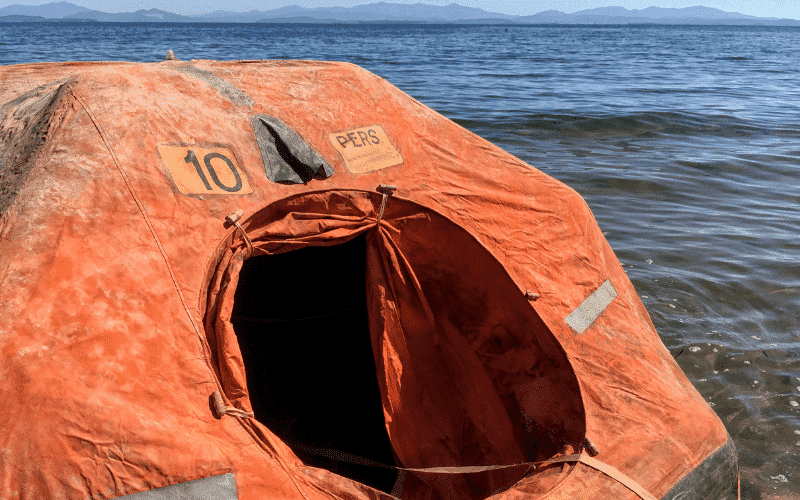
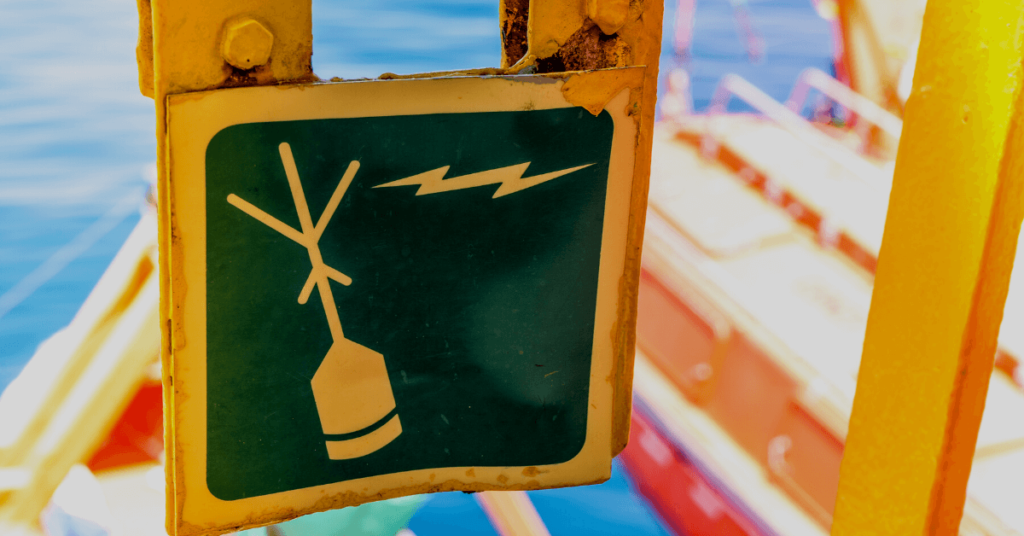
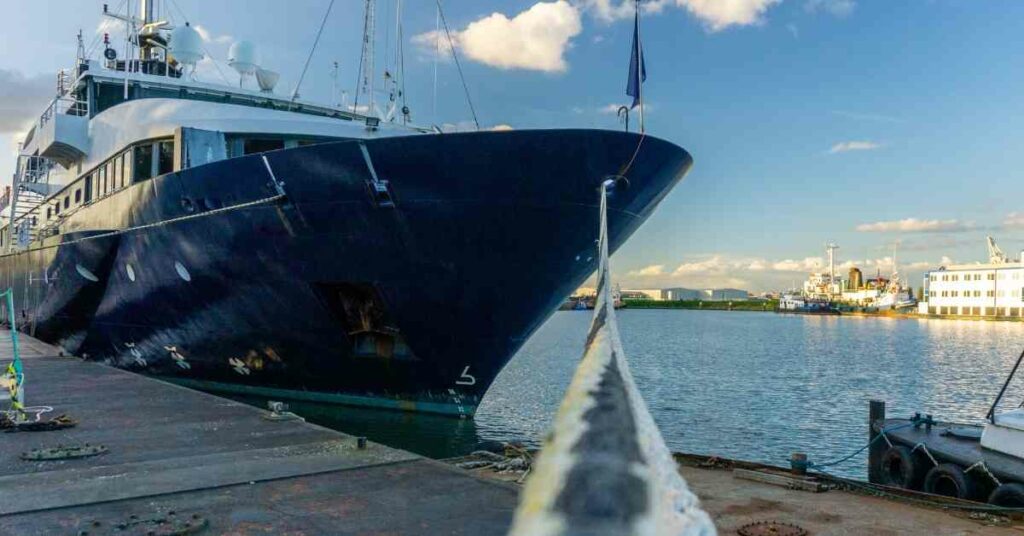
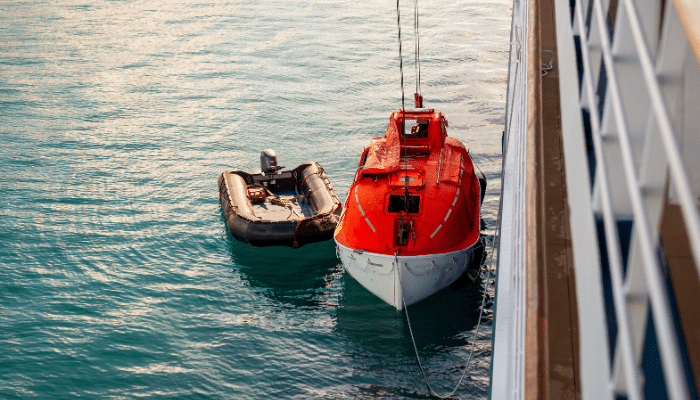
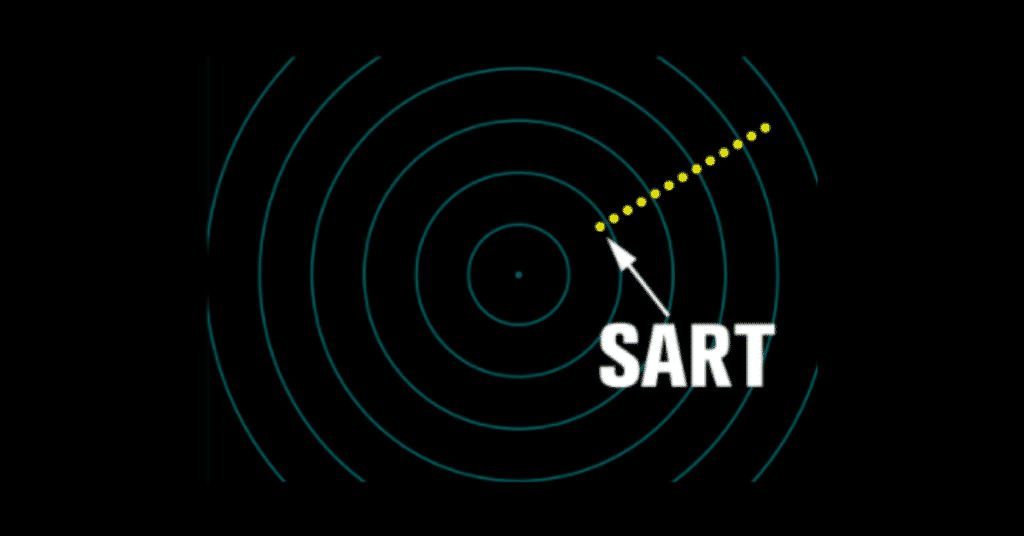

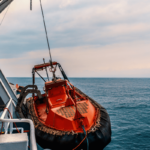
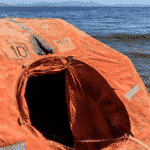
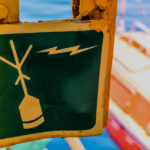
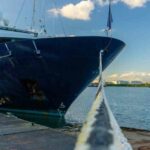
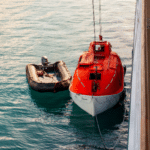
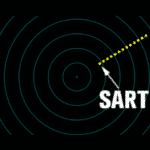
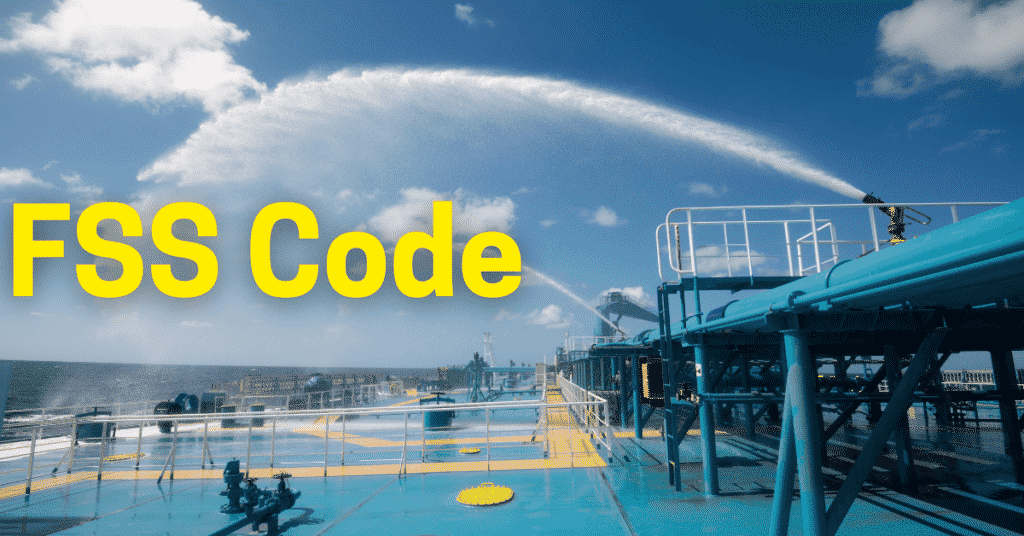
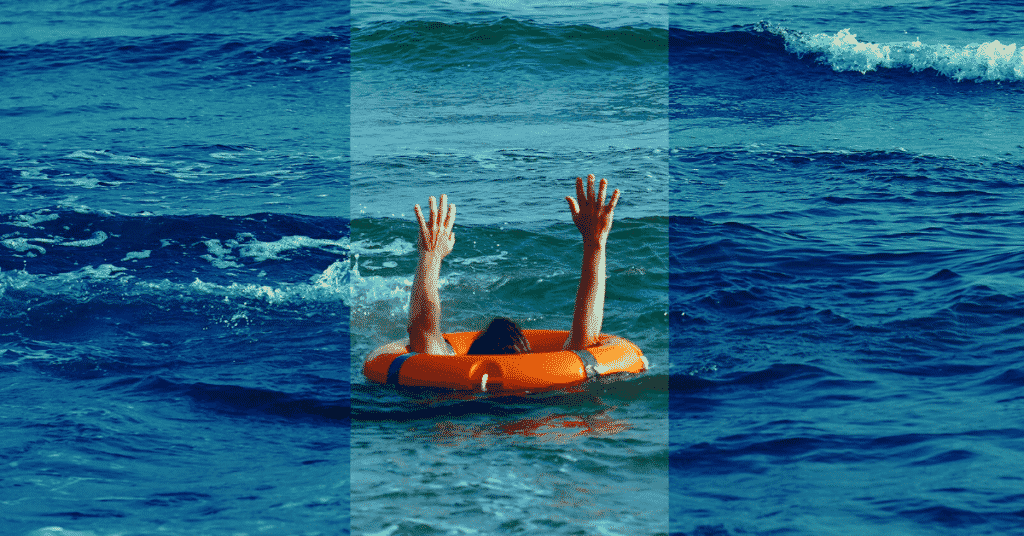
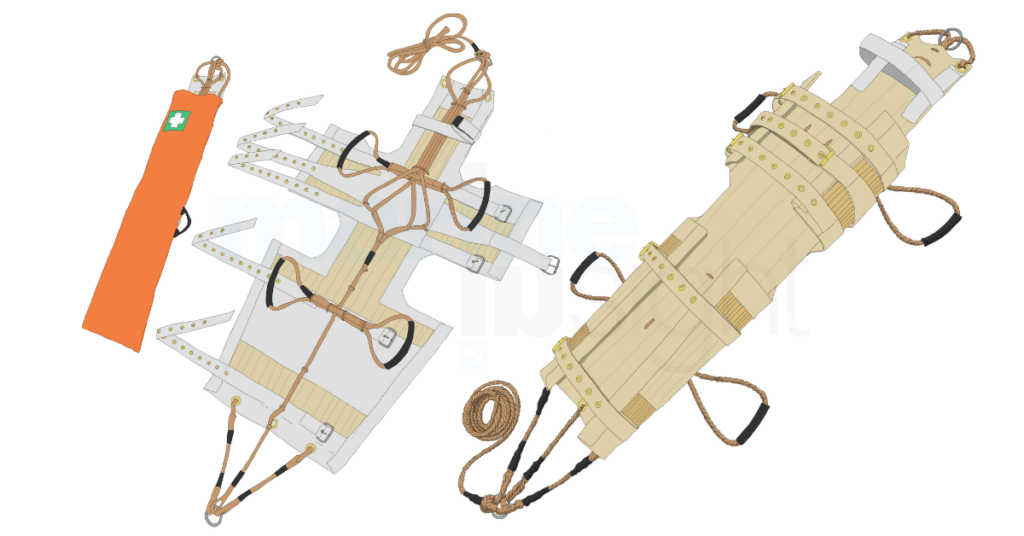
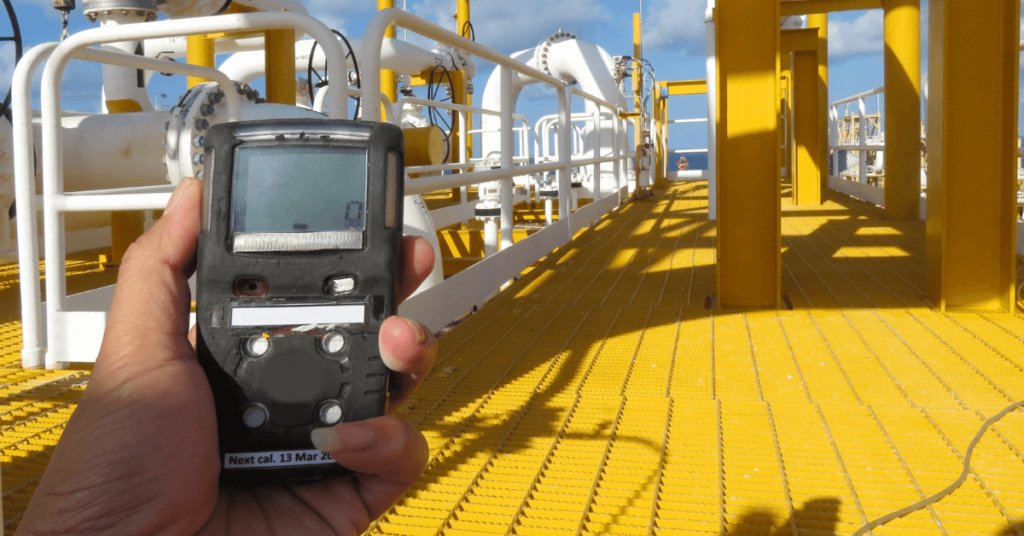
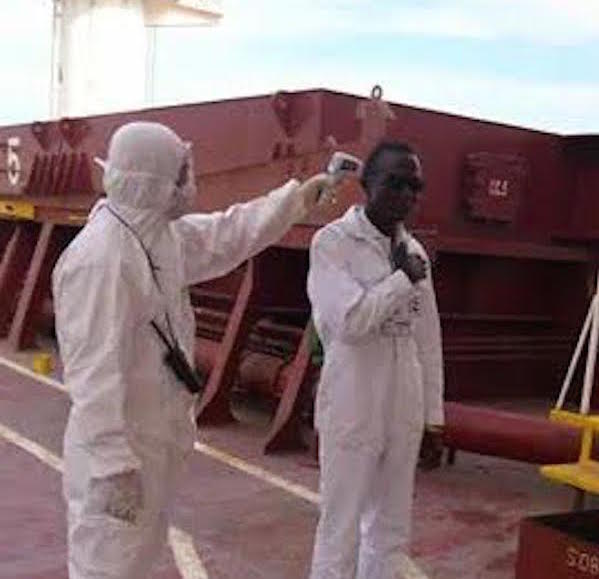
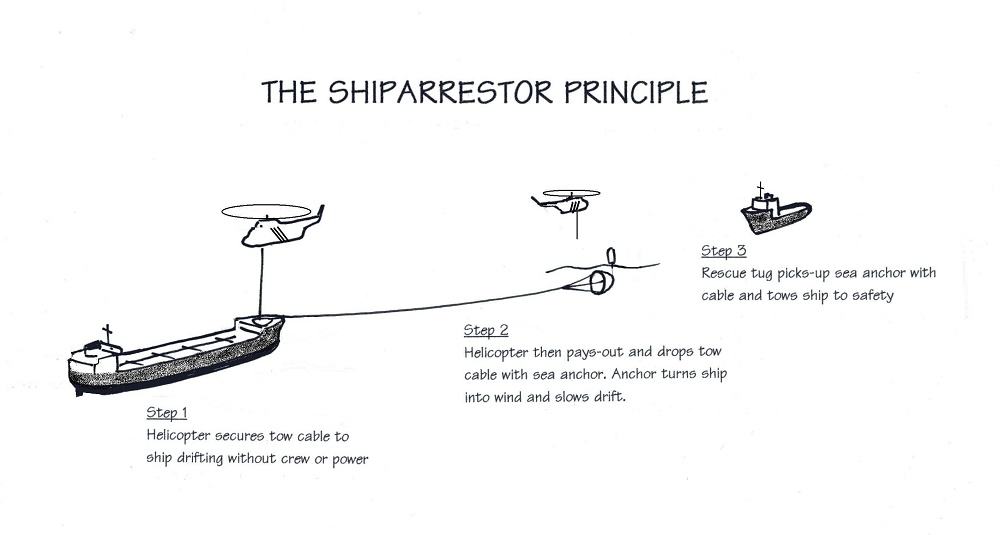
THIS IS THE REACTION TAKING PLACE IN SODA ACID EXTINGUISHER
NaHCO3(s)+H2SO4 (arrow) NaHSO4(aq)+CO2(g)+H2O(l)
this reaction is an acid-base neutralization. When sodium bicarbonate (NaHCO3) reacts with an acid like sulfuric acid (H2SO4), carbon dioxide (CO2) is released and liquid water (H2O) and sodium hydrogen sulfate (NaHSO4) are formed
These are old!
Non aspirated foam, (AFFF), with spray applicators, is the norm. Stored pressure ( as shown for dry powder ) shouldn’t be used as difficult to recharge on board,
Soda Acid and chemical foam were banned over 30 years ago.
Please keep up!
@ Bill: Thank you for your comment. Stored pressure type are still used and not banned by the authority.
Soda acid an chemical foam are no more used and clearly stated in the article.
I believe it’s very important that people understand the different classes of fires and the types of fire extinguishers that are used in each situation. This article talks about the different types of fires on ships, such as fuel fires, and every structure has different types of materials that can catch on fire so using the correct fire extinguisher is paramount. I also believe that homes should be equipped with several types of fire extinguishers because household fires are more common than most people would think. If you need any more information on the different classes of fires and the appropriate fire extinguishers to be used in each scenario.
shut it Rebecca your never Wright
I appreciate that you explained carbon dioxide extinguishers have the CO2 stored in liquid form under pressure. We’re looking to obtain a fire extinguisher for my uncle’s large storage facility and this one seems like it might be best for such a large space. Thank you for helping me learn more about how this works and that a CO2 refill is possible to keep it in working order.
What will be the type of extinguisher used in CO2 room, in case of fire.
What about flamable gases comes under which class of fires….?
Hello we need norms for Fire ball extinguisher to use on boats and ships.
NaHCO3( Sodium bi Carbonate ) + H2So4( Sulfuric Acid )= NaSo4+H2+Co2 (Solid Sodium sulfate as oxygen protector+Hydrogen gas as pressure producer+Carbon Di Oxide as fire remover ) ?! isn’t it Sir?!
#NDC 911090
The solution is the autonomous self igniting non pressurized fire extinguisher inside of the cargo containers that activate themselves in case of fire. We have this equipment to serve the safety of containers and container ships. KEMIA GmbH, Austria
SIR
What is the chemical formula for AFFF ?
FYI,
4 july 2020, change of Fire Foam rules and regulations.
1. Shall not be manufactured, or placed on the market as substances on their own from 4 July 2020
2. Shall not, from 4 July 2020, be used in the production
of, or placed on the market
Source,
https://eur-lex.europa.eu/legal-content/EN/TXT/PDF/?uri=CELEX:32017R1000&from=EN
GOOD JOB THIS WAY EVERYONE CAN LEARN TO WORK WITH ALL TYPES OF FIRE EXTINGUISHER
thanks